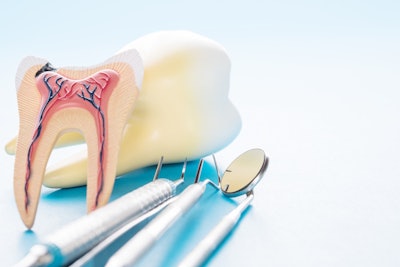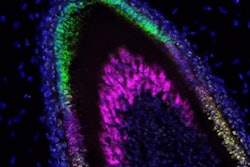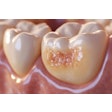
Researchers at the University of Zurich Center for Dental Medicine recently studied the Notch pathway’s role in the evolution of tooth morphology, with their results being published in Cellular and Molecular Life Sciences.
The team, led by Thimios Mitsiadis, PhD, suggested that mutations in this ancient signaling pathway can lead to defective structures in tooth enamel.
Tooth analysis is often performed to study mammalian evolution and the adaptations that occur over the evolutionary timeframe. These adaptations, which are linked to genetic modifications, have contributed to the extensive diversification of cell types in animals.
The Mitsiadis team used genetically modified mouse models to investigate the effects of Notch-ligands in teeth, noting that the absence of ligand molecules affects tooth morphology and enamel formation. The researchers hypothesized that the evolution of teeth depends on Notch signaling for the generation of new dental cell types from primitive dental cell types that already exist. This allows for more complex and unique dental structures such as tooth enamel to form, they added.
The team found that deregulation of Notch signaling starts the suppression of specific dental cell types that are gained during evolution. The authors wrote that the loss of these cells leads to the generation of enamel malformations and tooth morphological alterations. By modeling these changes, Notch-associated mutations in humans can be predicted, they added.



















